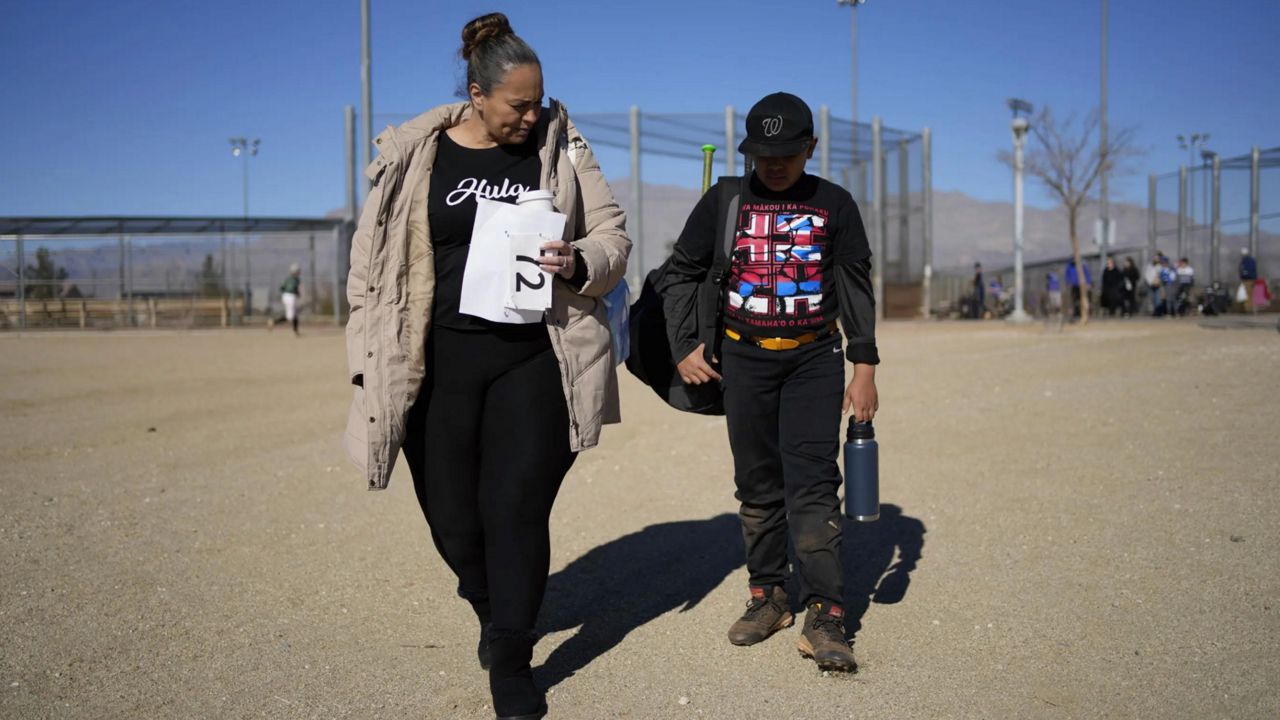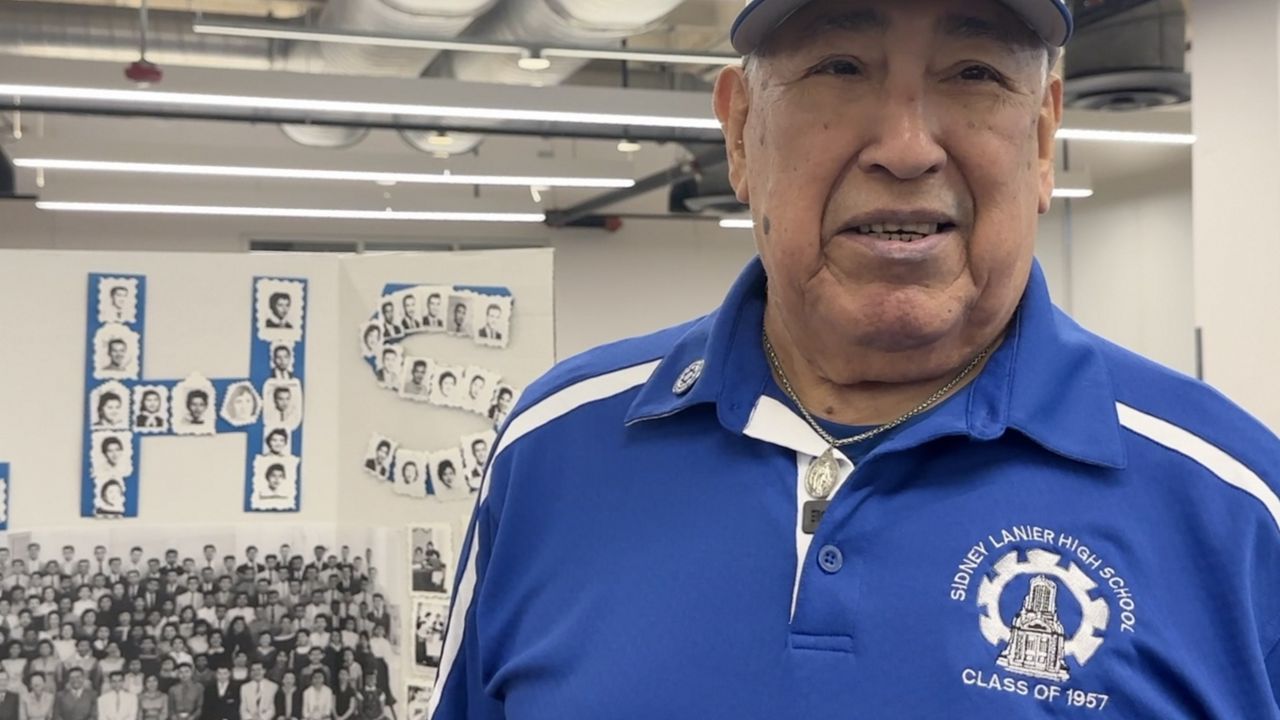AUSTIN, Texas — Along with capital murder and assault charges, the suspect in this month’s shooting spree through parts of Central Texas is one of, if not the first person getting charged under Texas’ new mass shooting law.
Investigators in Austin and Bexar County allege 34-year-old Shane James of killed his parents, four other people, and injured three other people in multiple incidents that occurred Dec. 5.
According to arrest affidavits, James is accused of shooting and injuring an Austin ISD police officer at Northeast College High School before shooting and killing Emmanuel Pop-Ba and Sabrina Rahman while stealing a vehicle. Police then accuse James of shooting and injuring a cyclist in South Austin, breaking into a home and killing mother and daughter Katherine and Lauren Short, and then injuring an Austin police detective outside of the home.
James was later caught after a police chase. He is also accused of killing his parents earlier in the day at their Bexar County home.
Among the charges filed against James is aggravated assault mass shooting, a new law that went into effect in September.
The new law deals with non-fatal shots fired in mass shooting incidents. In a nutshell, the law elevates the charges for shooting injuries where four or more people are targeted, making each injury a first-degree felony, and requiring that any sentences handed down are stacked and cannot be served all at once.
According to former prosecutor and current state Rep. Ann Johnson, those charges used to end up lumped together as basic aggravated assaults.
“Only punishable by 2-20 years,” said Johnson, of the old law. “That person will be prosecuted like they fired one bullet.”
Hoping to change that,though, Johnson, a Democrat representing Texas House District 134, introduced the mass shooting legislation as House Bill 165 in the most recent session. She said she was driven to create the law after a shooting in her home city of Houston, where a suspect shot at multiple police officers but didn’t kill anyone.
Johnson said she struggled to get the bill moving in a previous session but found bipartisan support in this last, as state lawmakers looked for ways to address the mass shootings that have affected several Texas communities in recent years.
“I didn’t have enough spaces for [all the] joint authors,” said Johnson of the bill’s popularity in the session.
In the James case, the new law will probably be a footnote. Because that shooting spree ended in multiple deaths, prosecutors will likely focus on the capital murder charges, but Rep. Johnson hopes the mass shooting provision will provide a stronger backup for the higher charges.
“It should give the public the comfort to know. I can’t imagine the guy’ll get parole in his lifetime, if it goes that way,” she said.
While the new law adds more strength to dealing with mass shootings after the fact, Rep. Johnson said more work needs to be done to prevent the incidents from happening in the first place.









